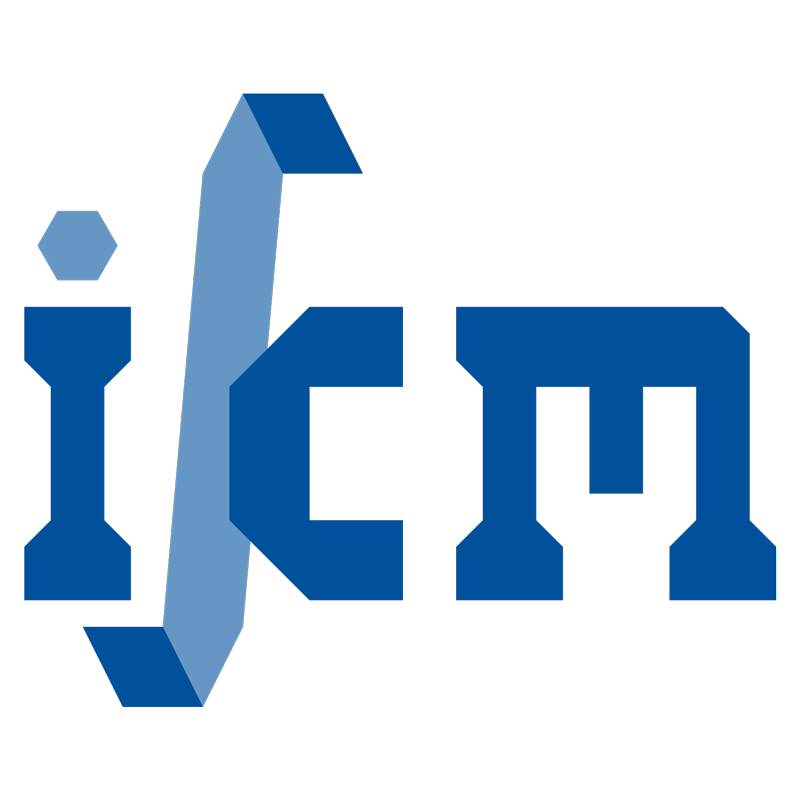Reduction of stress-shielding and fatigue-resistant dental implant design through topology optimization and TPMS lattices
- verfasst von
- Hüray Ilayda Kök, Miriam Kick, Osman Akbas, Sebastian Stammkötter, Andreas Greuling, Meike Stiesch, Frank Walther, Philipp Junker
- Abstract
To improve longevity and performance of dental implants by reducing stress-shielding, a modification of the internal structure of the implant can be a solution. In this paper the inner design of the implant is generated either using a topology optimization approach or an approach based on TPMS lattice structures. These approaches aim to maintain long-term stability and to reduce stress-shielding. For both approaches, the mechanostat model was applied to investigate the influence of the inner structure to the surrounding bone tissue and compare the standard uniform implant. For the investigation an ANSYS model was used with material parameters obtained from a mechanical test of additively manufactured Ti[sbnd]6Al[sbnd]4V. Compared to the uniform implant, the topology-optimized implant showed 20% less stress-shielding, and the implant with triply periodic minimal surface structures (TPMS) showed 15% less stress-shielding. Further, the long-term-stability was investigated by introducing a high-cycle fatigue material model. Despite a change in the internal structure and a 45% reduction in the mass of the topology-optimized implant, the cycle numbers specified in the DIN EN ISO 14801 standard were fulfilled.
- Organisationseinheit(en)
-
Institut für Kontinuumsmechanik
- Externe Organisation(en)
-
Medizinische Hochschule Hannover (MHH)
Technische Universität Dortmund
- Typ
- Artikel
- Journal
- Journal of the Mechanical Behavior of Biomedical Materials
- Band
- 165
- ISSN
- 1751-6161
- Publikationsdatum
- 08.02.2025
- Publikationsstatus
- Elektronisch veröffentlicht (E-Pub)
- Peer-reviewed
- Ja
- ASJC Scopus Sachgebiete
- Biomaterialien, Biomedizintechnik, Werkstoffmechanik
- Elektronische Version(en)
-
https://doi.org/10.1016/j.jmbbm.2025.106923 (Zugang:
Offen)


